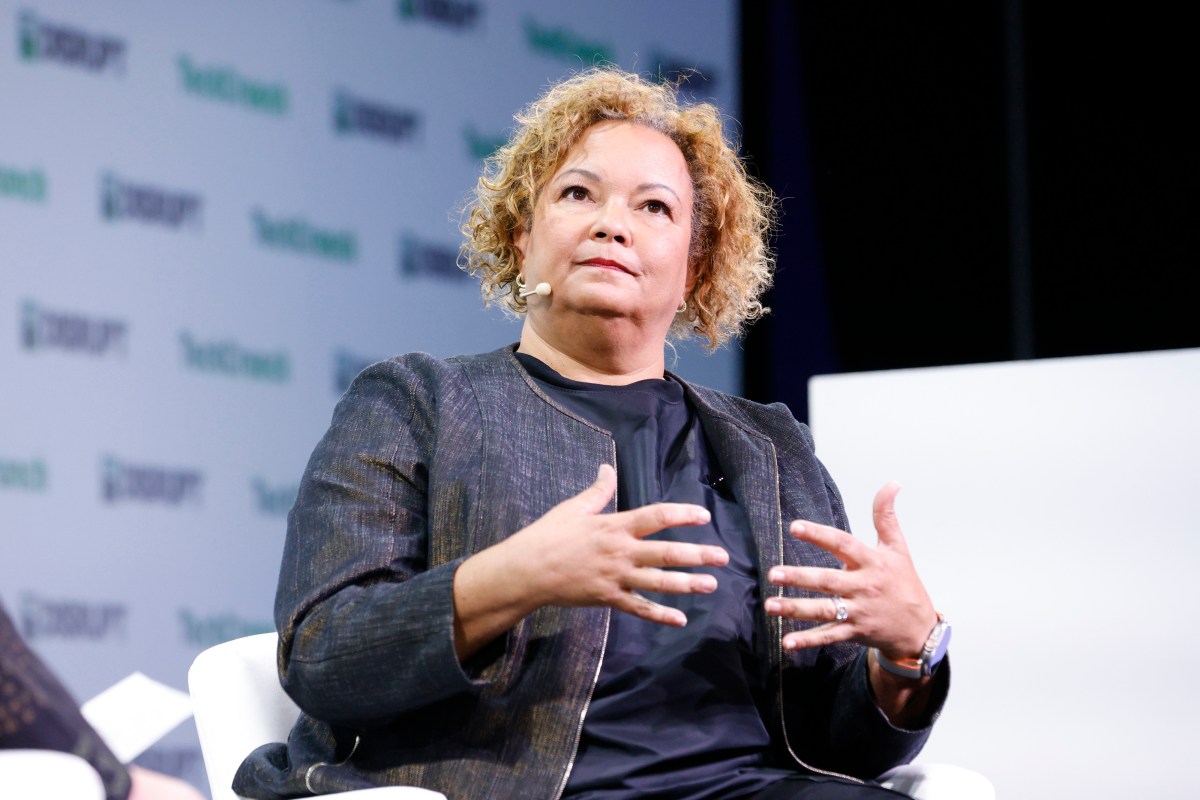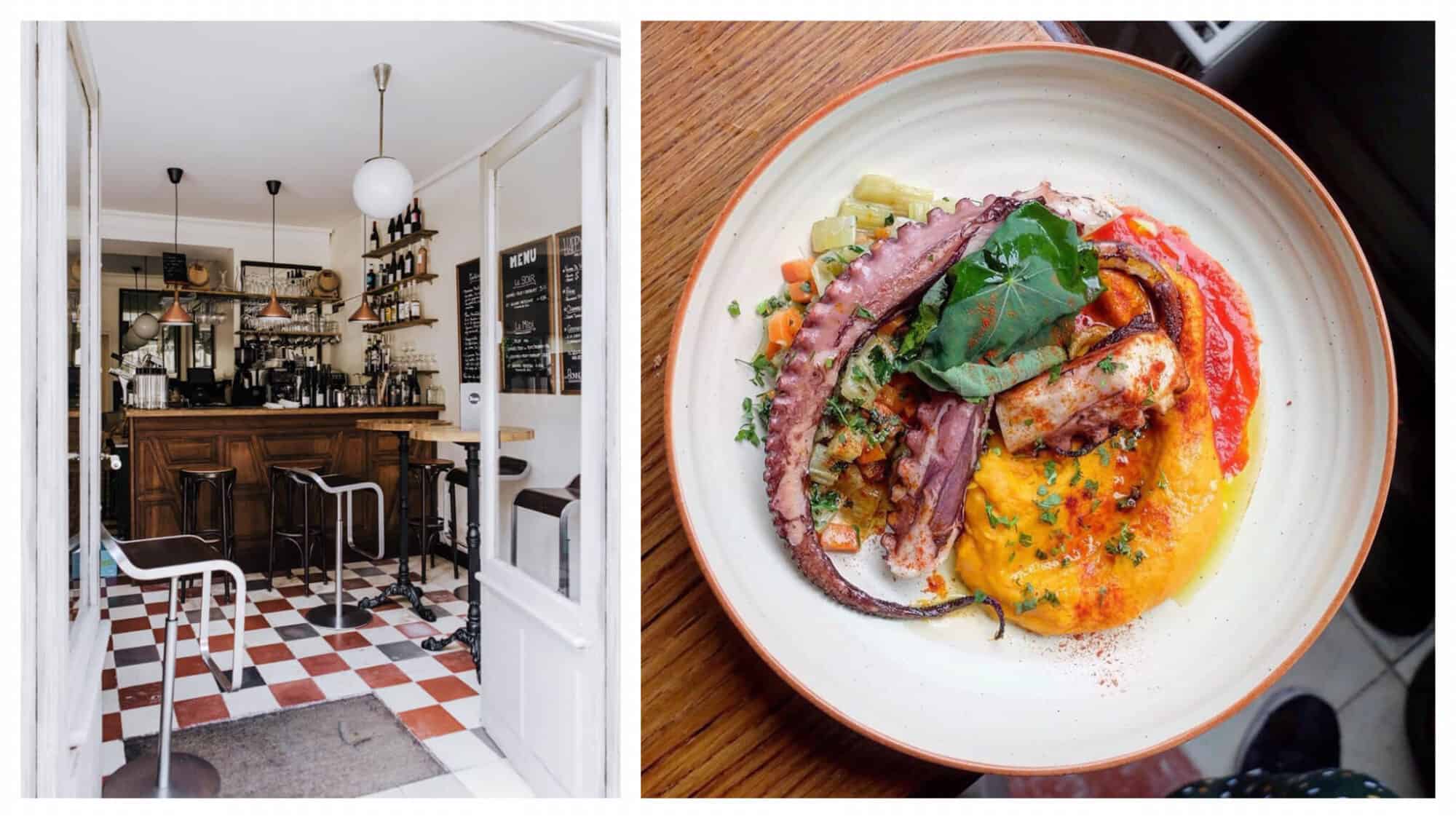The EU’s mission impossible: Stopping young farmers giving up before they’ve even begun
BRUSSELS — Europe’s food system depends on an endangered species: its farmers.
Every year, thousands of them retire and fewer take their place. Across the countryside, barns are shuttered, land is leased to ever-larger holdings and rural schools quietly close. The result is fewer people growing food, more imports filling supermarket shelves and a profession slipping into decline.
That’s the slow-moving crisis Brussels is set to confront on Tuesday, when Agriculture Commissioner Christophe Hansen unveils the EU’s Strategy for Generational Renewal in Agriculture — a plan to keep the next generation of food producers from giving up before they’ve begun.
Young farmers have been asking lawmakers to act for well over a decade, said Peter Meedendorp, the 25-year-old president of the European Council of Young Farmers, or CEJA, speaking by phone as he rushed back from his tractor on the Dutch farm he runs with his father and brothers.
In the run-up to the strategy’s release, Meedendorp has been splitting his time between the fields and Brussels. While he’s eager to see what Hansen delivers, he’s also wary: “To what extent can we make all the nice recommendations reality in the field if no finance is attached?”
The European Commission wants member countries to spend 6 percent of their Common Agricultural Policy money on generational renewal — double the current level. If countries make good on that target, CEJA’s cause could be on the receiving end of over €17 billion between 2028 and 2034, a budgetary boost compared with recent years.
The question is whether the plan can actually stop Europe’s farms from disappearing.
Priced out
Over a third of farm managers in Europe are over 65, while less than one in eight are under the age of 40.
“It’s not that young people don’t want to farm — it’s that it’s nearly impossible to start,” said Sara Thill, the 21-year-old vice president of Luxembourg’s young farmers group LLJ, in an interview in Brussels last week.
Young farmers struggle to find available and affordable land to start working. One hectare of arable land in the EU costs almost €12,000. That price rises to over €90,000 on average in Meedendorp’s native Netherlands, up from €56,000 a decade ago.
“When you start, the banks ask for guarantees your parents can’t give — it’s a vicious circle,” said Florian Poncelet, a 29-year-old beef farmer who heads Belgian regional young farmers’ association FJA.
Roy Meijer, chair of the Dutch young farmers farmers’ group NAJK, put it bluntly: “Banks look at young farmers as risk. If you’re 25 and want to buy land, forget it.”
Across Europe, young farmers sound more impatient than nostalgic. They see agriculture not as a tradition to protect but a business to reinvent.
“Young farmers aren’t waiting for subsidies,” Meijer said, pushing back against the idea that they expect easy money from Brussels. What they want, he argued, is predictability — rules that don’t change with every new reform, and recognition that they’re entrepreneurs like any others.
“People my age aren’t afraid of innovation,” he added. “We want to use drones, data, AI. But to invest, we need clear, long-term rules. You can’t build a business on shifting ground.”
Upping the ante
Brussels has been trying to lure new farmers for decades through its CAP, with mixed results. Member countries currently dedicate 3 percent of their EU-funded farm payments to young farmer schemes — about €6.8 billion between 2023 and 2027.
Now Hansen wants to up the ante. A recent draft of the strategy, obtained by POLITICO, sets a goal to double the share of EU farmers under 40 to nearly a quarter by 2040.
To get there, the Commission wants countries to spend 6 percent of their CAP budgets on young farmers, limit payments to retirees and offer loans of up to €300,000 for new entrants. It also urges capitals to use tax reform and land-use policies as tools to make farming more attractive, while touting the Commission’s own plans to publish a bioeconomy strategy next month.
Young farmers’ groups worry the ambition may outstrip the means. Unlike the current farm budget, which enforces the 3 percent minimum, the 6 percent target is only aspirational. That has left CEJA concerned that some governments could spend even less.
Young farmers fear that generational renewal will struggle to compete against other funding priorities, and that the new strategy’s fate may hinge less on good intentions than on the next CAP itself — a reform already under fire from both farm lobbies and lawmakers.
Commission officials have pushed back on those criticisms, pointing to the various funding streams young farmers could access through the new “starter pack” in the future CAP and the upcoming generational renewal strategy. The Commission has also suggested restructuring CAP payments to divert funding from large farmers to smaller — and younger — ones.
Nonetheless, “not earmarking any money for a specific group of young farmers is a signal,” Meedendorp insisted. “We have a commissioner who bills himself as a young farmer commissioner, who is also the one proposing a CAP without any earmarking for young farmers.”



















:quality(85):upscale()/2023/09/18/918/n/1922398/a1136b676508baddc752f5.20098216_.jpg)
:quality(85):upscale()/2025/10/09/670/n/1922283/00b944c868e7cf4f7b79b3.95741067_.jpg)
:quality(85):upscale()/2025/10/15/765/n/1922398/29c37a6e68efd84bb02f35.49541188_.jpg)
:quality(85):upscale()/2025/09/09/891/n/1922283/7222624268c08ccba1c9a3.01436482_.png)
















